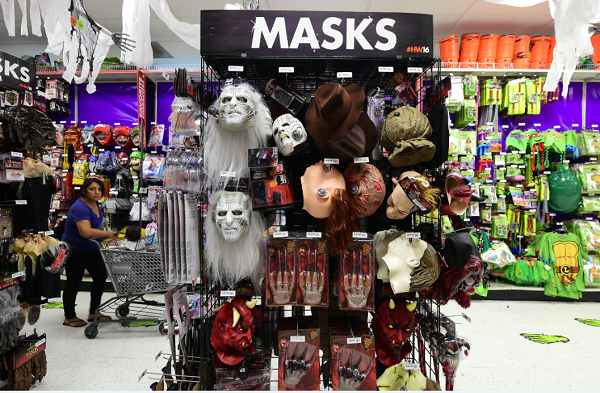When And What Is Halloween: A Guide For People Who Don't Understand Why Scary Costumes And Decorations Are Fun

Although witches, ghost, goblins and monsters are usually associated with Halloween, Oct. 31, wasn’t nearly as scary when it first originated.
In the U.S., the pagan holiday has morphed into a celebration made for pumpkin carving, costumes and trick-or-treaters stuffing their faces with sweets. But in its earliest days, Halloween was a Celtic festival and church holiday. The pagan festival was initially celebrated as Samhain by the Celts, who lived more than 2,000 years ago in Ireland, northern France and the United Kingdom. Samhain was typically recognized on Oct. 31 as a day when fairies, imps and other supernatural beings graced the countryside and destroyed all the crops, but over time transitioned into Hallowmas – a day when people would wear masks and knock on strangers doors.
Samhain is coming, Honour your Ancestors. pic.twitter.com/g1JcmTTAsa
— Miss Kitty (@Cerridwensheart) October 26, 2016
Halloween was first celebrated in the United States and Canada in the 19th century after Celtic immigrants from Ireland arrived in North America. Although people believed the holiday would “die out” as Celtic migrants settled into North America, Halloween faced a resurgence in the late 1800s after Americans started participating in Halloween by dressing in masks and costumes and playing pranks. By the time 1920 rolled around, the holiday became more commercialized thanks to business owners recognizing Halloween’s selling-potential, launching the production and sale of Halloween decorations, party guides and costumes well before Oct. 31.
The idea of trick-or-treating came about as an effort to keep kids entertained instead of spending Halloween wreaking havoc on neighbors and towns with pranks and acts of vandalism. The idea was first introduced in America in the 1950s and was adapted from the original Hallowmas tradition – which was celebrated in conjunction with All Souls Day – when people would knock on their neighbors’ doors and offer prayers for their deceased loved ones. As trick-or-treating became a more popular way to keep the youth out of trouble on Halloween, candy vendors started to capitalize on the holiday by producing bite-sized treats to accommodate the growing number of children (and adults) hoping to score a bag full of goodies on Halloween night.
© Copyright IBTimes 2025. All rights reserved.






















